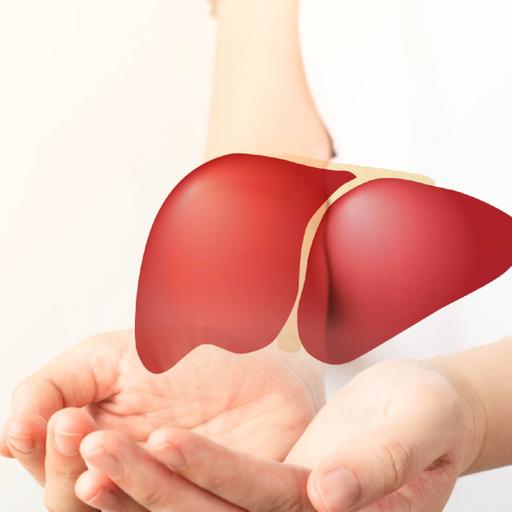Alcoholic Liver Disease
Presentations | English
Alcoholic liver disease is a series of liver diseases caused by the regular drinking of alcohol. In the state of alcoholic hepatitis, there are few subjective symptoms. Alcoholic cirrhosis is thought to account for about 20% of all cirrhosis. Alcohol-induced liver disease (ALD) is a liver problem caused by alcoholism. The most common diseases are fatty liver, alcoholic liver inflammation, and alcoholic cirrhosis. Symptoms may include vomiting, abdominal pain, or yellow skin. Complications include varicose veins, spontaneous bacterial peritonitis, hepatic encephalopathy, and liver cancer. This is due to the excessive use of alcohol means more than 21 drinks per week in men and 16 drinks per week in women. Among the risk factors are excessive drinking and prolonged drinking It can also be caused by obesity and hepatitis C. Diagnosis is made by medical imaging, blood tests, and liver biopsy. AST is higher than ALT. Its treatment is said to stop drinking Food and drink care, low paracetamol (acetaminophen) intake are beneficial. In some cases, steroids may be used In severe cases, liver transplantation may be recommended. Fatty liver can be relieved. In most alcoholic people, 80% suffer from fatty liver, about 25% suffer from alcoholic liver inflammation and 15% suffer from cirrhosis. Internationally, ALD is a common chronic liver disease. People in Europe are more affected Of the 1.3 million deaths in 2016, about 27% were due to alcoholism. Alcohol-related liver cancer deaths accounted for 275,000 deaths.

41.00
Lumens
PPTX (82 Slides)
Alcoholic Liver Disease
Presentations | English
